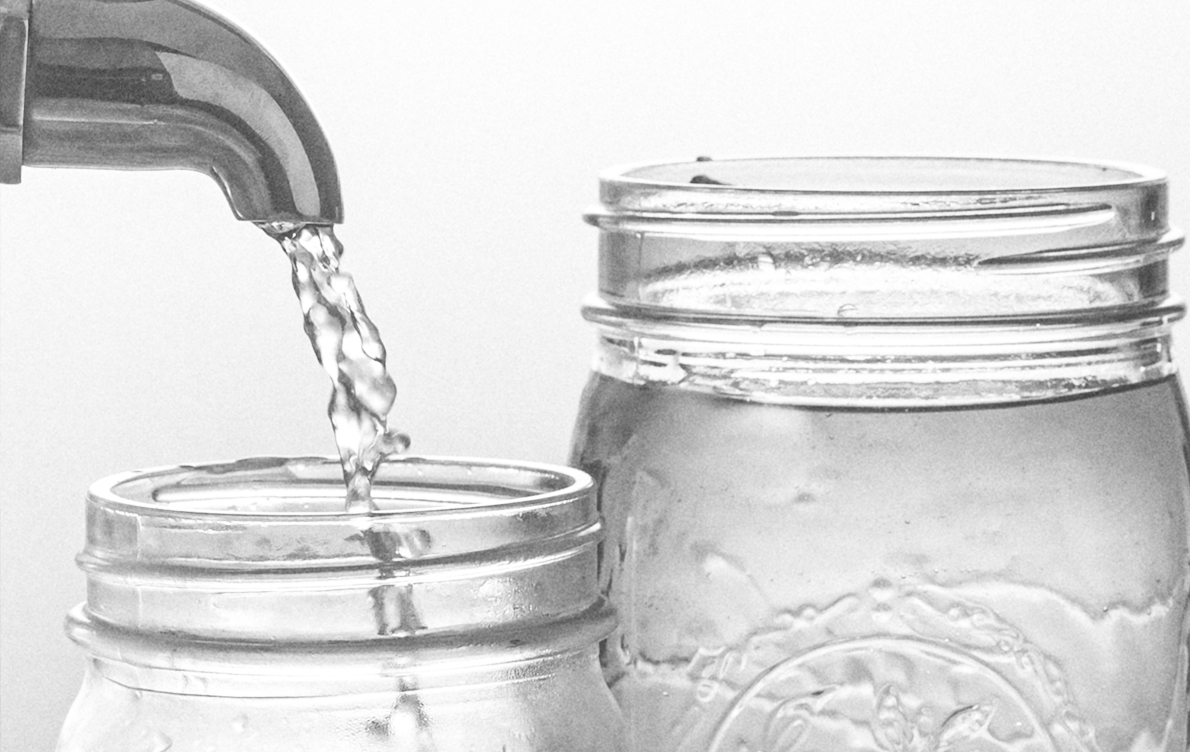Rain, Rain, Go Away! Lake Hopatcong’s Algae Bloom & New Jersey’s “Rain Tax”
Lake Hopatcong, New Jersey’s largest lake, has been in the headlines all summer for the large blue-green algae blooms forcing beach and lake closures. This blue-green algae, called cyanobacteria, produces cyanotoxins under heavy rain and high temperature conditions. Cyanotoxins can have severe human health effects, including fever and blisters to liver failure and respiratory arrest in severe cases.
The Lake Hopatcong closures, and the continued presence of the algae blooms, highlight the difficulties that New Jersey’s aging sewer and stormwater infrastructure face in managing the type of repeated and heavy rainfalls New Jersey has experienced over recent summers. When stormwater runoff overwhelms these old and outdated systems, flooding occurs and sewage and fertilizer flows into waterways. This, combined with high summer temperatures, create a nutrient-rich environment in which cyanobacteria algae thrives, grows densely, and produces cyanotoxins.
Earlier this year, Governor Murphy signed into law the “Clean Stormwater and Flood Reduction Act” (S-1073), also known as New Jersey’s “Rain Tax.” This law is intended to address New Jersey’s aging stormwater infrastructure. It authorizes local governments to establish stormwater utilities and collect fees based on the volume of stormwater runoff from an owner’s property. These fees must be used for stormwater management and to maintain and replace old and inadequate stormwater infrastructure. Large commercial properties with significant impervious surfaces, such as parking lots and large building footprints, are expected to see the highest fees under the new law.
The “Rain Tax” has been controversial. Some say that it “taxes the weather,” while others view it as a means to restore healthy waterways and support flood-prone communities. At this point, it is still not clear whether, and how many, municipalities and other local governments will use the “Rain Tax” to address stormwater and runoff related problems like the Lake Hopatcong algae blooms.
As for anyone planning to visit Lake Hopatcong this Labor Day Weekend, six beaches meeting the State’s Health Advisory Guidance for cyanobacteria levels have been reopened. The rest of Lake Hopatcong is still on “advisory status,” meaning swimming and other water-based activities should be avoided – in other words, at your own risk!
Anastasia Bellisari, environmental paralegal at Cole Schotz, contributed to this article.
As the law continues to evolve on these matters, please note that this article is current as of date and time of publication and may not reflect subsequent developments. The content and interpretation of the issues addressed herein is subject to change. Cole Schotz P.C. disclaims any and all liability with respect to actions taken or not taken based on any or all of the contents of this publication to the fullest extent permitted by law. This is for general informational purposes and does not constitute legal advice or create an attorney-client relationship. Do not act or refrain from acting upon the information contained in this publication without obtaining legal, financial and tax advice. For further information, please do not hesitate to reach out to your firm contact or to any of the attorneys listed in this publication.
Join Our Mailing List
Stay up to date with the latest insights, events, and more





